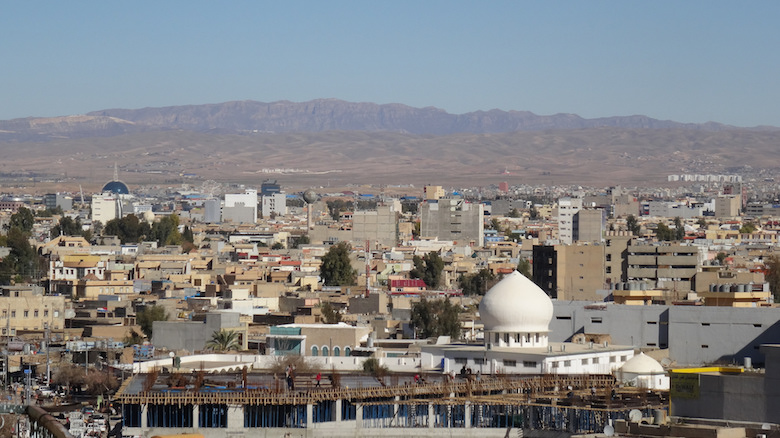Iraq’s economic condition is gradually improving following the deep economic strains of the last three years. The defeat of ISIS in end-2017 now leaves the challenging task of rebuilding the infrastructure and providing services and job opportunities to the population. This is overlaid on the need to address the legacy of past conflict and capacity/maintenance challenges, including in the south, which was the poorest region of the country pre-ISIS. The World Bank estimates the needs of post-ISIS reconstruction at US$88 billion. The government received US$30 billion worth of commitments in the form of loans and guarantees at the International Conference for the Reconstruction of Iraq, which took place in February 2018 in Kuwait. Reconstruction effort may be delayed due to political uncertainty following elections in May 2018.
Overall GDP growth is projected to accelerate to 6.2 percent in 2019 sustained by higher oil production. In the following years, oil production is expected to in-crease only marginally, reducing overall growth to an average of 2.5 percent until 2023, due to the limited capacity of the GoI to mobilize investment in the oil sec-tor. Non-oil growth is expected to remain positive on the back of higher investment needed to rebuild the country's damaged infrastructure network, private consumption and investment. But sustained non-oil recovery will depend on the transition from an immediate rebound as security improves to implementation of a high-quality investment pipeline with sound financing. Thus, reconstruction will re-main an upside risk for growth (rather than in the baseline) given the continued uncertainty about how it will evolve.
Iraq's Economic Outlook - October 2018 (PDF format)
